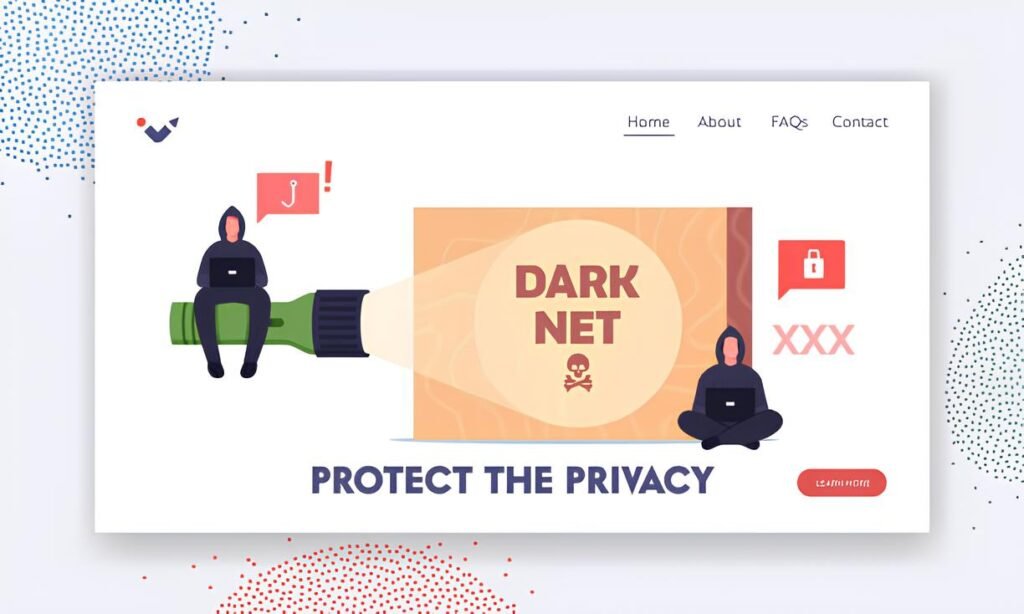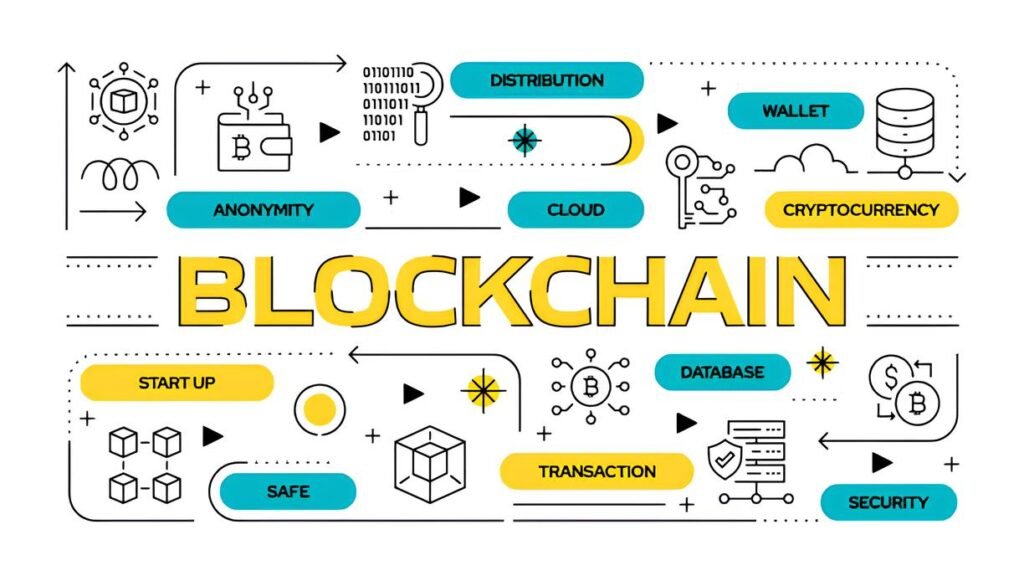How to Spot a Fake Darknet Privacy Newsletter
Imagine receiving a sleek, mysterious newsletter promising the latest darknet privacy secrets—perfectly curated tips, exclusive .onion links, and cutting-edge security advice. Your curiosity piques, and you subscribe. But is it really a trustworthy source, or just another carefully disguised trap designed to steal your information or lead you astray? In the complex world of darknet privacy, distinguishing genuine newsletters from fakes can be as challenging as navigating the darknet itself.
With the rise of privacy awareness and darknet interest, malicious actors have found a new playground: forging privacy newsletters that mimic trustworthy content but harbor hidden agendas. This guide dives deep into the subtle signs that reveal a fake darknet privacy newsletter before it compromises your anonymity or security.
In This Article
Why Darknet Privacy Newsletters Matter
The darknet is a labyrinth of hidden sites and encrypted communication layers. For privacy enthusiasts, journalists, activists, or researchers, staying updated on the latest privacy tools, darknet safety insights, and vulnerabilities is crucial. Privacy-focused newsletters serve as trusted beacons—filtering out noise and delivering distilled, actionable information.
But there’s a catch: newsletters can also be vectors for misinformation or worse, mechanisms for exploitation. Fake newsletters can spread false information that undermines security practices or lure readers into clicking nefarious links or downloading dangerous attachments.
Understanding how to evaluate these newsletters protects not only your digital safety but also your anonymity, which is often your most valuable asset on the darknet.
Common Tricks Used by Fake Newsletters
Fake darknet privacy newsletters often rely on psychological tricks and manipulative design to compromise readers. Recognizing these is the first step in safeguarding yourself.
- Impersonation of trusted brand names or authors: Using names that closely mimic well-known privacy advocates or groups to appear legitimate.
- Urgency and fear-mongering: Headlines that pressure readers to act immediately to avoid “privacy disasters” or “exposure,” without factual backing.
- Excessive technical jargon: Overloading content with confusing terms to overwhelm readers and prevent scrutiny.
- Vague or missing author credentials: No verifiable authorship or contact details, or anonymous profiles without a track record.
- Requests for personal information: Asking for email passwords, PGP keys, or other sensitive data under the guise of “verification.”
- Malicious links disguised as privacy tools: Links that claim to download privacy-enhancing software but lead to malware or phishing sites.
Verifying Newsletter Sources and Authenticity
Authenticity is non-negotiable when it comes to privacy newsletters, especially in the darknet sphere. Here’s how to verify what you’re getting:
- Confirm sender domains and email headers: Legitimate newsletters use official or consistent domain names. Check email headers to ensure the sender isn’t spoofed.
- Cross-reference newsletter content: Authentic newsletters reference verifiable sources, credible research, or respected darknet forums. If the content refers to unknown, unverifiable, or contradictory sources, be cautious.
- Research the newsletter’s history: Established newsletters often have archives, user reviews, or endorsements in privacy communities. Lack of history or a sudden appearance might be a red flag.
- Validate PGP signed emails: For newsletters that claim encryption, check for PGP signatures and verify keys independently.
Subscribing through a throwaway email address when initially unsure can also prevent compromising your main privacy identity.
Check if the newsletter links to well-known privacy blogs or resources like those covering how to stay anonymous on the darknet. Trusted newsletters rarely operate in isolation.
The Danger of Malicious Links in Newsletters
Darknet newsletters often include onion links or downloads touted as privacy tools. However, these can be traps:
- Phishing pages: Lookalike onion sites designed to steal credentials or implant malware.
- Malware-laden downloads: Files such as fake VPN clients, crypto wallets, or encrypted chat apps carrying backdoors or spyware.
- Traffic correlation traps: Links that open compromised exit points aiming to correlate your activity and identity.
Always verify the integrity of links and files independently.
Techniques include checking PGP signatures (never trust unsigned packages) or using virtual machines with no access to your main identity to test suspicious content first.
Technical and Behavioral Red Flags
Besides content and links, subtle technical clues can help expose fakes:
- Unsecured email communications: Legitimate darknet privacy newsletters prioritize encryption — newsletters sent without TLS or PGP may lack security rigor expected in this space.
- Frequent rebranding or changing contact info: Malicious actors often hop between domains or email addresses to avoid blacklisting or detection.
- Odd sending schedules or unnatural mailing frequency: Excessive volume or erratic timing may signal automated or spam-like distribution rather than community-driven content.
- Requests for engagement linked to identity exposure: For example, asking subscribers to respond with identifying details or conduct “verification” steps involving revealing metadata.
Best Practices for Subscribing Safely
Staying safe on the darknet requires both technical discipline and behavioral awareness. Here are crucial best practices when evaluating or subscribing to darknet privacy newsletters:
- Use isolated email identities: Create dedicated burner or pseudonymous emails strictly for darknet communications.
- Prefer newsletters with transparent editorial policies: Look for ones that publish their mission, editorial team, and source vetting procedures openly.
- Never open attachments or click links without prior verification: Utilize sandbox environments or do virus checks before engaging with any content.
- Regularly update your threat model: Your understanding of the darknet landscape and attacker TTPs (tactics, techniques, and procedures) should evolve with emerging trends.
These steps align with the fundamentals in guides like security checklists for new darknet users, emphasizing layered safeguards.
Always back up your primary darknet privacy tools with hardware or software that prevents accidental data leakage, including using stateless operating systems or encrypted containers.
FAQ
Q: Are all darknet privacy newsletters risky?
A: No, many are valuable and safe when coming from vetted, transparent sources. However, the entry barrier is low for fakes, so vigilance is key.
Q: How can I verify the authenticity of a newsletter’s email?
A: Check the sender’s domain and headers to confirm it matches the official domain. Using PGP signature verification—when available—is a robust method.
Q: What should I do if I accidentally clicked a suspicious link in a newsletter?
A: Immediately disconnect from the network, run malware scans, and audit your device for unusual behavior. Change any passwords potentially compromised and consider restoring your system from a clean backup.
Q: Can I trust newsletters shared on darknet privacy forums?
A: Generally, yes, but only after cross-referencing multiple community members’ feedback. Some forums have moderators to vet shared newsletters, adding a layer of trust.
Wrapping Up: Trust, Verify, Protect
In the ever-shifting shadows of the darknet, trust is the most valuable currency. But blind trust is a liability—especially with privacy newsletters, a primary information source for many darknet explorers.
Knowing how to spot counterfeit newsletters is not just about dodging scams. It’s about protecting your digital identity, your freedom, and sometimes your safety. Pay attention to the subtle signs, verify rigorously, and treat every claim with thoughtful skepticism.
Because with so much at stake, your best privacy defense is an informed, cautious mind.



